Photography is chock full of sayings, adages, call them what you will. F8 and be there. Sunny 16. Most are grounded in some reality. But the one that I think has some application in every photographer’s life, whether that photographer is a seasoned pro or a newbie enthusiast, is this one: One camera, one lens. And those of us who learned it in the pre-digital era, would add, one film.
The point is this: know your gear. Placing limits on yourself is also a quick way to learn how to deal with the challenges that often present themselves in the field. I got my first camera at age 10 – a Kodak Brownie Fiesta. That was in 1963, so I’ve been doing this for a while, and I know from experience that the One Camera-One Lens mantra works.
And there’s also an added benefit: it makes for an extremely light kit. That’s all the more critical when you travel, particularly in Japan. If you have your wits about you, you know you don’t want to be schlepping a camera backpack that weighs as much as an anchor.
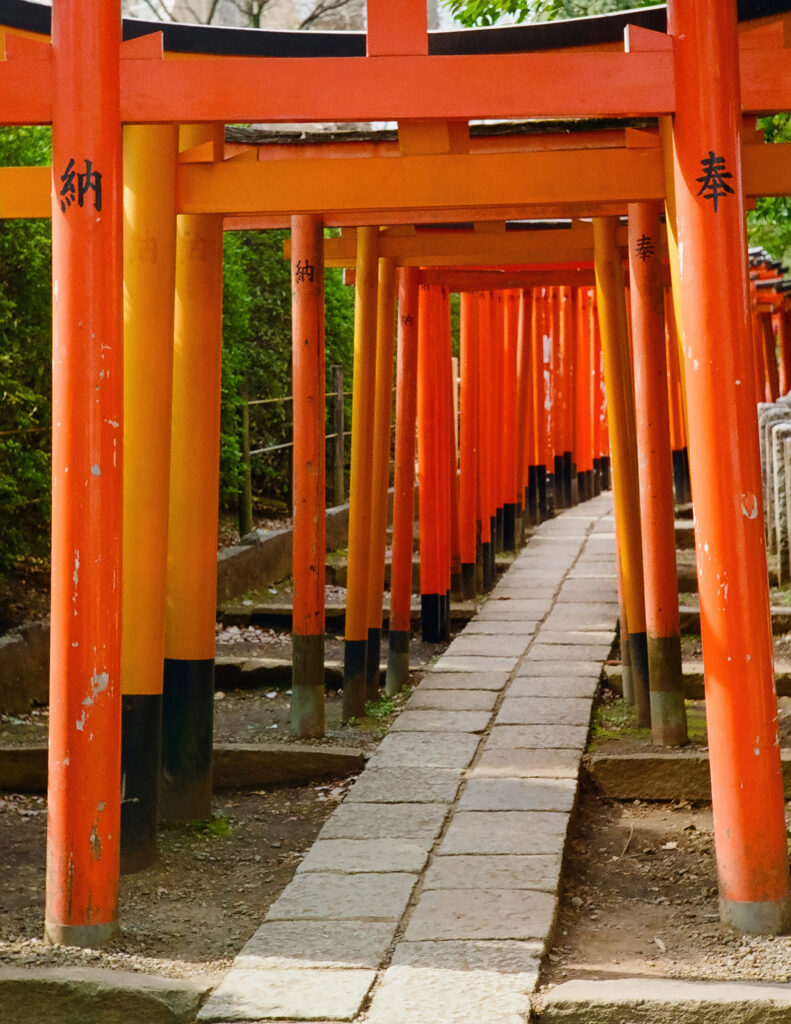
But what do you do if you’re about to embark on the trip of a lifetime? And you know it is unlikely you will make this trip again? Now in all honesty that wasn’t the situation I faced a few weeks ago as I prepared to travel to Japan. I’ve been fortunate in having been able to travel to Japan at least once, and sometimes twice a year, for nearly the past 25 years. Before that, I worked in Tokyo as a foreign correspondent for an American news organization.
For this trip, I was going to join my cousin and her adult daughter on a personal trip to Japan. Jenny lost her father earlier this year – he was my late mother’s younger brother – so the trip was our way to celebrate family connections. As part of that, Jenny’s daughter, Miya, had an interest in film photography. I decided to gift Miya a film shooting kit from what I owned. She was the recipient of a mint Nikkormat FT3, a Nikkor 50mm F1.4 AIS, a Nikkor 135mm F2.8 AIS, and a Vivitar 28mm F2.8. She brought the Nikkormat with the 50mm mounted, good choice.
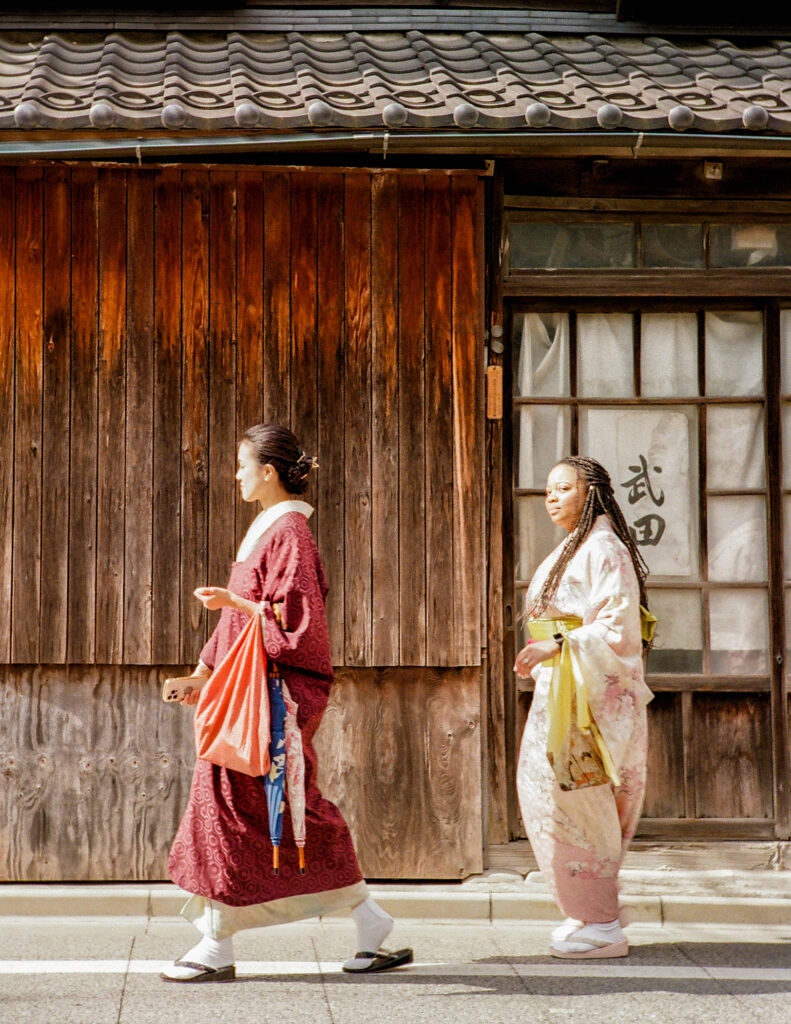
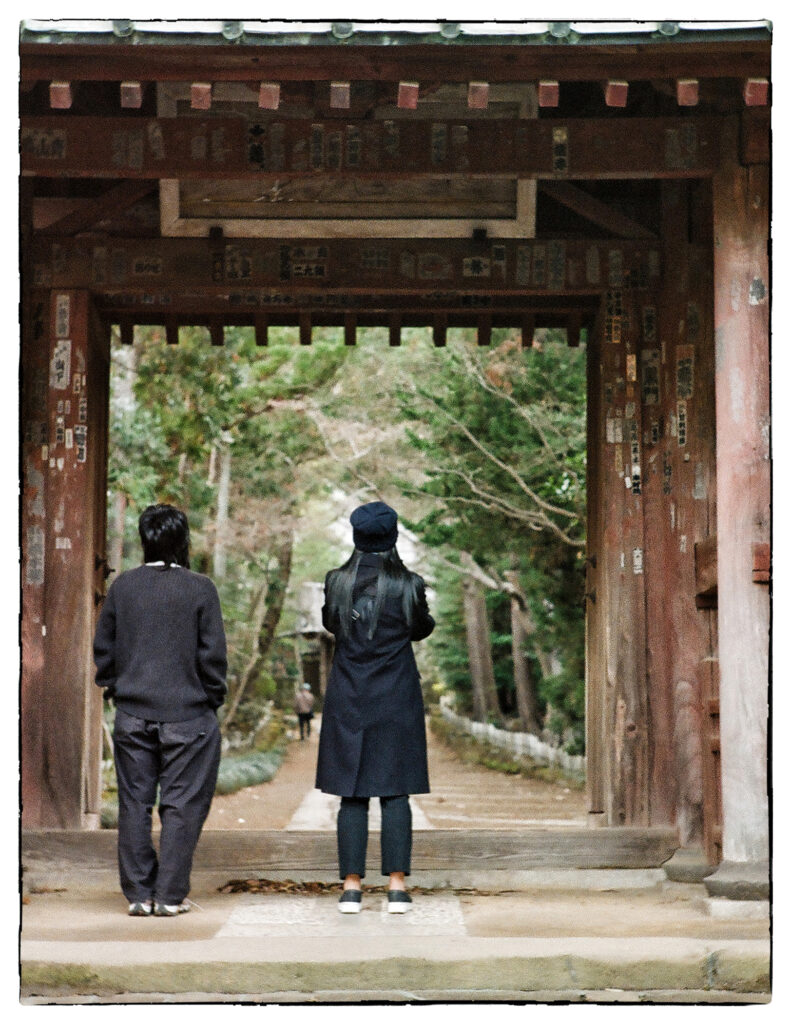
I decided to go One Camera, One Lens, One Film. My camera body was a Cosina Voigtlander Bessa R2C, a short-lived rangefinder that revived the old Zeiss Ikon Contax rangefinder lens mount. On it was mounted my favorite lens from the four I have for a Contax IIa body, the magnificent Zeiss Opton 50mm F1.5. As best as I can determine, my copy was built in the early 1950s.
I suggested to Miya that we shoot Kodak Gold, a relatively new 200 ISO consumer film that’s available in 135 and 120 formats. My preference is to shoot black and white film, so I usually would have chosen Ilford HP5+ but we were going to be in Tokyo at the start of cherry blossom season (more on this in a moment). Thus, the color film.
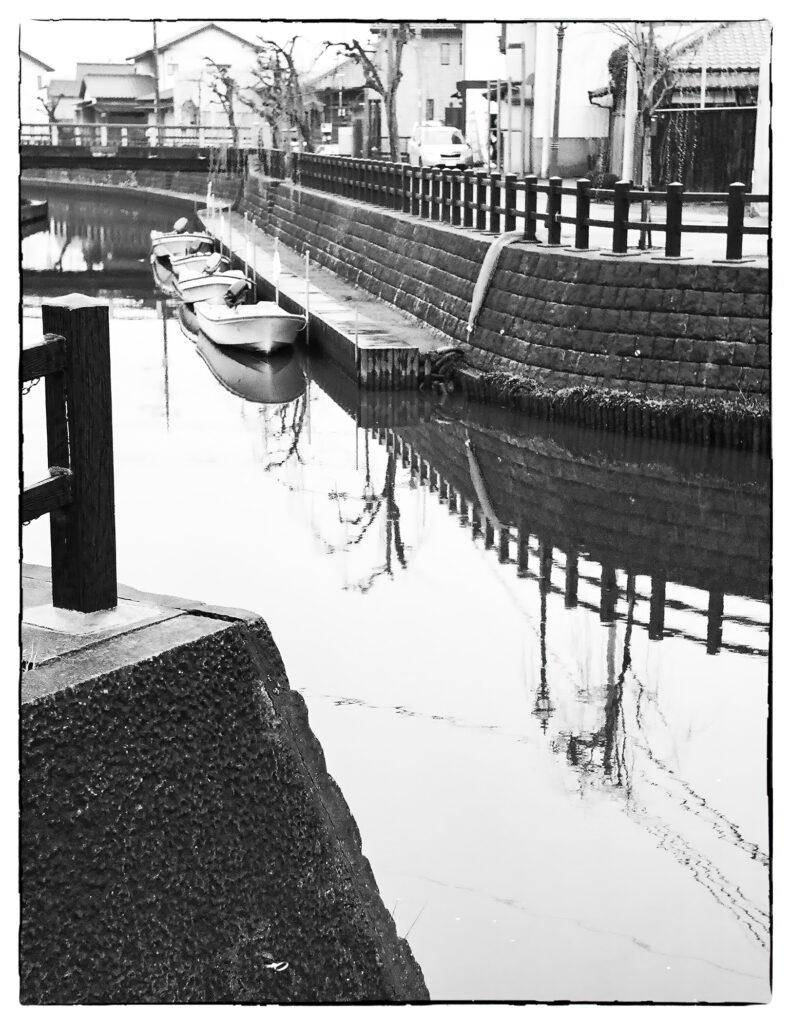
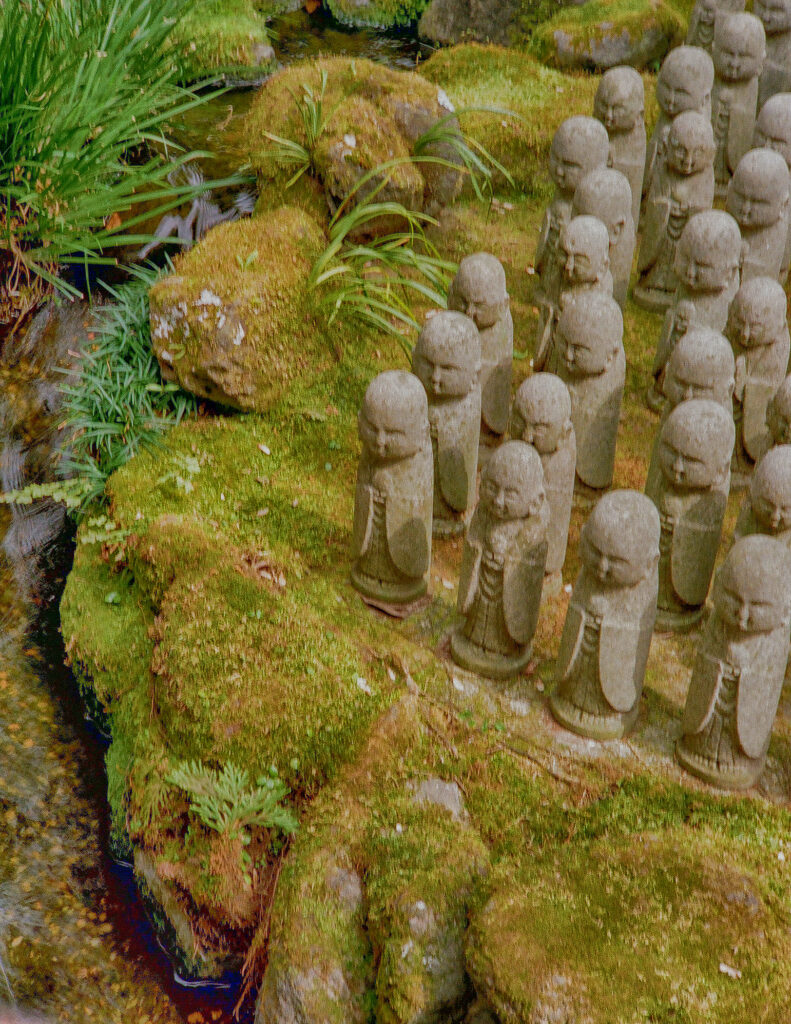
Over about two weeks, we shot 10 rolls of film. The keeper rate was high for both of us. Miya’s new to film photography, particularly with an all manual SLR, but she’s got the eye for composition. I’ve included with this report a few of my photos. It may help to know that my usual digital kit for paid work is an Olympus micro-four thirds body (OMD EM1 Mark II and a Pen F), usually with a 50mm or 35mm equivalent prime attached.
Takeaways and Tips(…?)
For those who are thinking of a stripped down film kit for a Japan trip, I’ve done this enough that perhaps I can offer some real world suggestions. First, if this is your first trip to Japan, and perhaps your last, give yourself some margin for error and take a mid-range zoom. Some of my best film work in Japan was done with a simple Nikon N65, a Nikkor 28-105 F3.5-4.5D and Kodak Portra 400UC (today, I’d use Kodak Portra 400). Of course, if you prefer all manual shooting, fill your camera bag accordingly. But be sure you have a backup body, as I once discovered when an older SLR’s shutter failed on me while I was photographing a parade in Tokyo’s Ginza district. My backup was a Rollei B35, which did the job. Store the spare in the hotel room, and keep your walk around kit as light as possible. You’re going to do a lot of walking.
Whether you’re shooting in Tokyo or another city (first timers, consider Tokyo, Kamakura, and Takayama for a break from the usual Tokyo-Osaka-Kyoto itinerary), you may want to consider stocking up on film at home. The price for film at many camera shops in Japan is high (and I’m from Hawaii, where prices aren’t exactly cheap). You can still visit and pick up domestic only emulsions, but not have your entire trip deoendent on finding local film stocks.
That zoom-based kit is still within the spirit of One Camera, One Lens but gives you framing options. And for those of you who are now thinking, “add the wide angle zoom and a 70-300,” stop. You still have the option of stepping back or forward if needed.
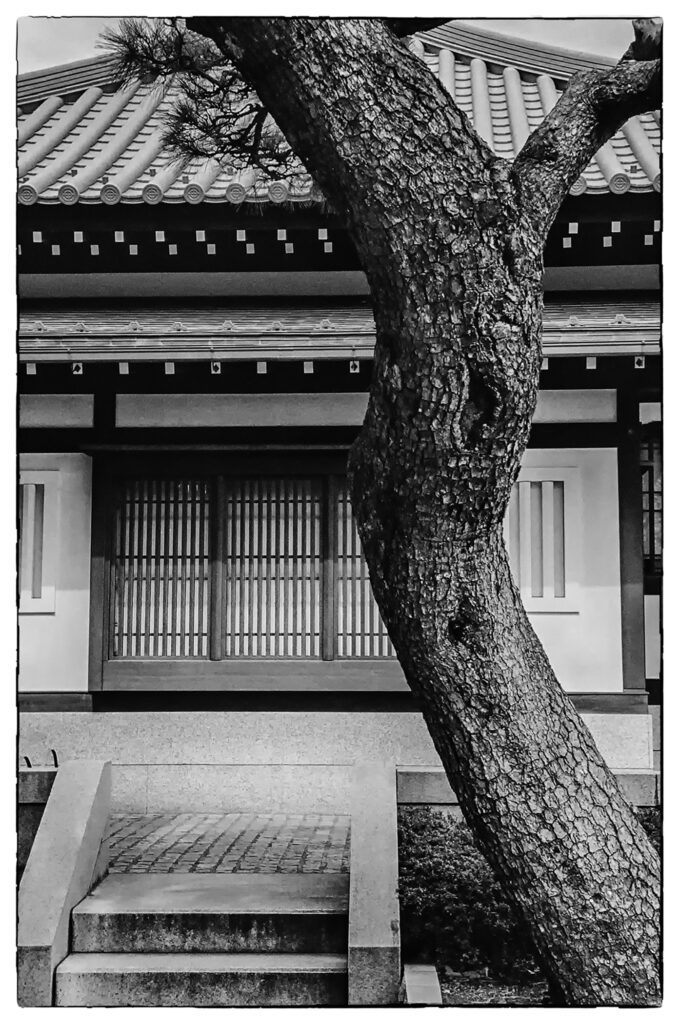
When it comes to going light, I’ve found a good way to keep things on track is to use a sling-style camera bag. Trust me, you’ll thank me for the advice when you’re slogging your way to the sixth historic shrine of the day or racing ahead to try to get a shot of a beautiful young woman in a kimono in front of a luxury brand store. And when it comes to camera bags in Japan, here’s a pro tip for travelers: the Japanese are very good about having acute situational awareness when they’re on crowded trains. Foreign photographers wearing camera backpacks, in my experience, are not. If you insist on using a camera backpack, be a good neighbor and at least swing it in front of you on crowded trains.
A last thought about the benefits of shooting One Camera, One Lens: the resulting photos have a look that gives your travel portfolio a visual coherence that shows particularly well if you do (as I did) and make a self-published book with trip photos. I hope the photos I’ve chosen to illustrate this feature are good examples of that visual coherence.
Oh yes, I said I’d talk about cherry blossom season, which is usually late March-early April in Tokyo. The Japanese have it down to a science and issue forecasts of when peak season will be in spots across the country. Our forecast was for peak season to start on March 24 in Tokyo. They’re usually spot on. This time, the forecasters were wrong! Thanks to a wet and unseasonably cold late-winter/early spring, Tokyo’s blooms began to show in force on March 30. That, of course, was the day we left.
Would I do this again? This wasn’t the first time I’ve shot only film while traveling in Japan. Admittedly, a number of those trips were shooting for publication in the days when film photography was still commonplace.
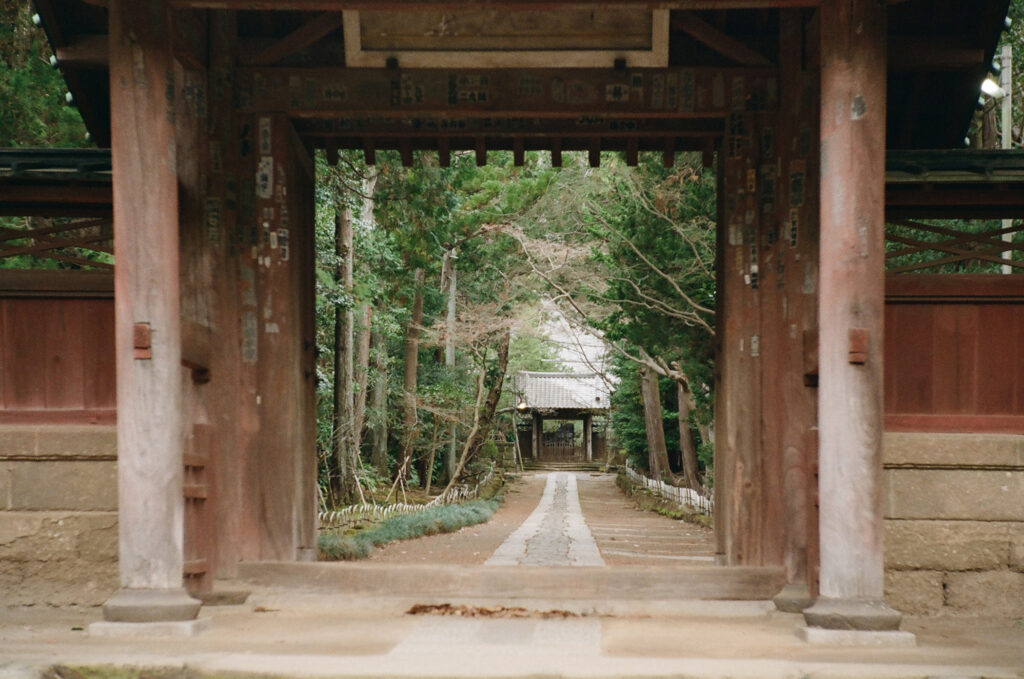
But to answer the question, the answer is “of course.” With one caveat and one last photography saying: Shooting film slows you down. There’s slow and then there’s slow. I’m getting to the point where I appreciate many of the technical bells and whistles we’ve come to expect on our cameras. I’m thinking the next film trip to Tokyo will be with a Nikon N80 (F80 outiside of the USA) and a Nikkor 50mm F1.4D. And a bag full of Ilford HP5+.
Share this post:
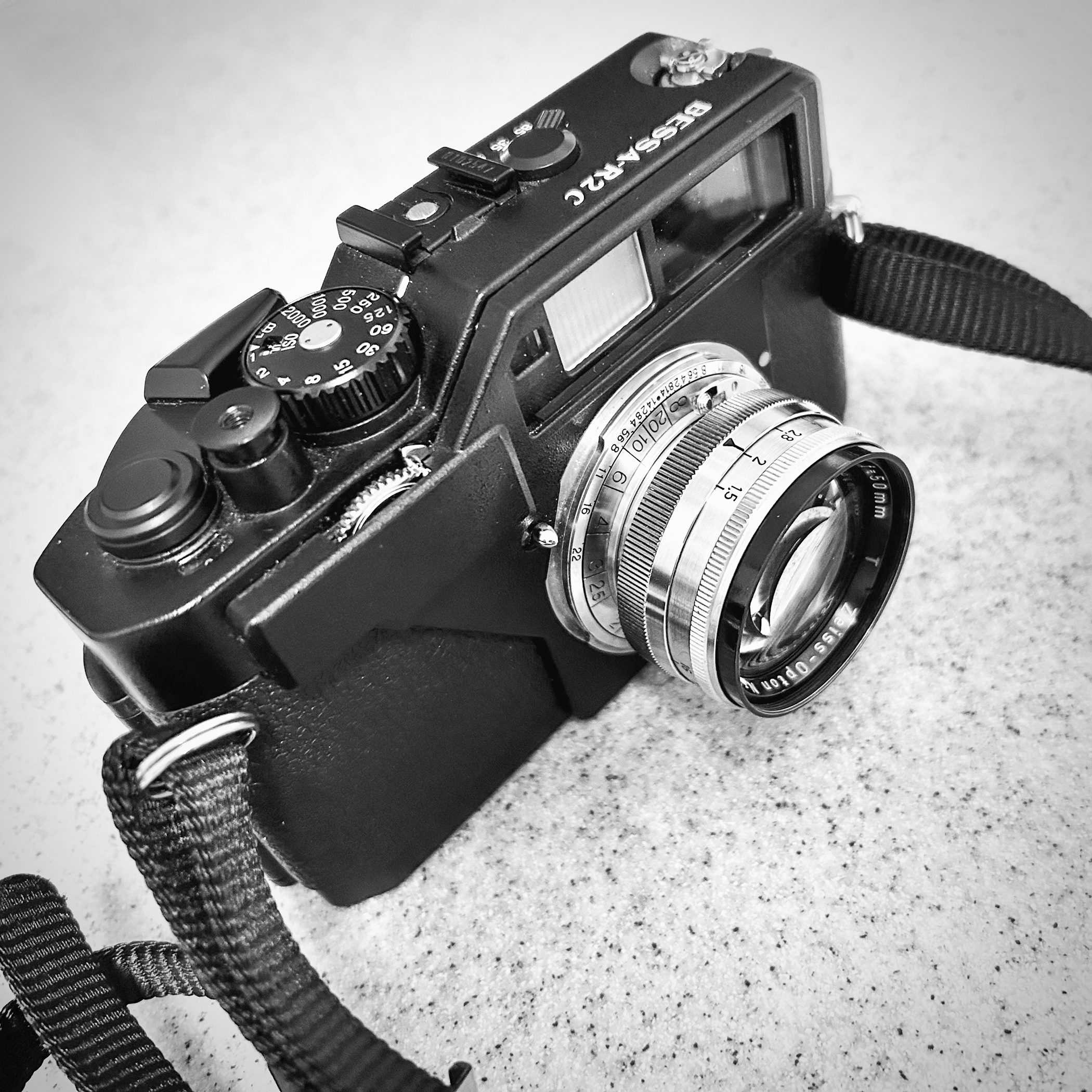
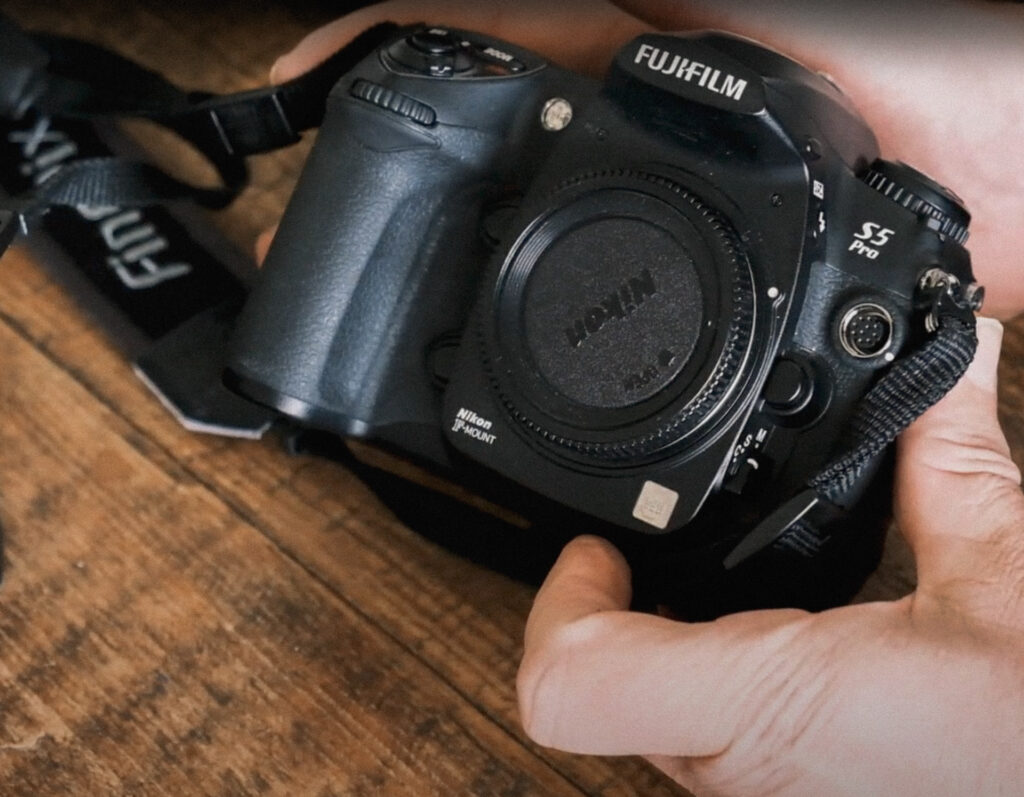
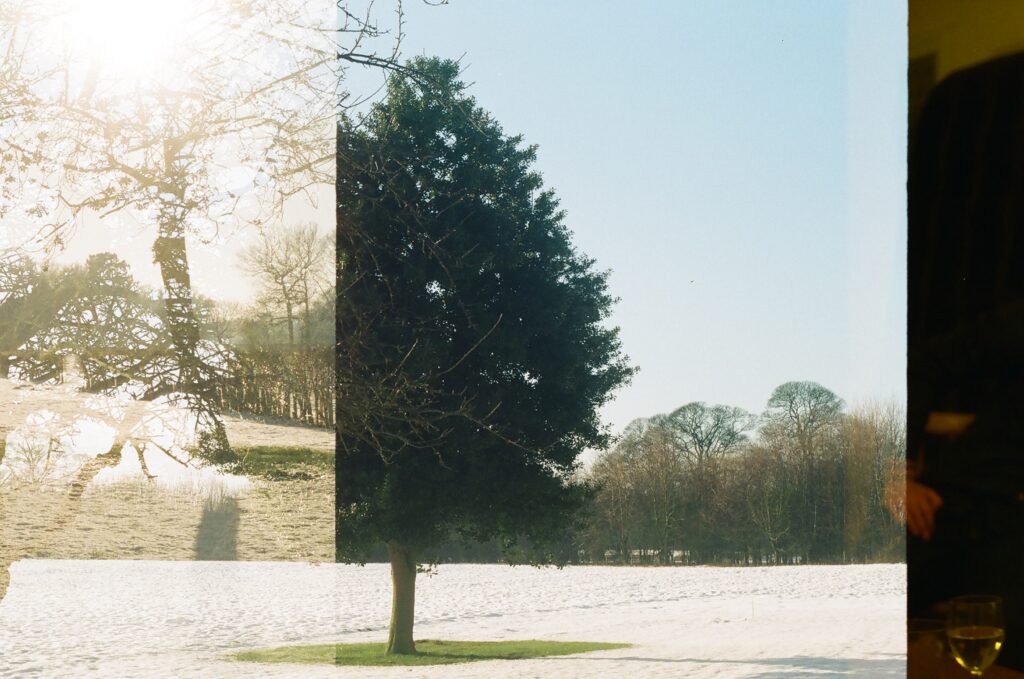
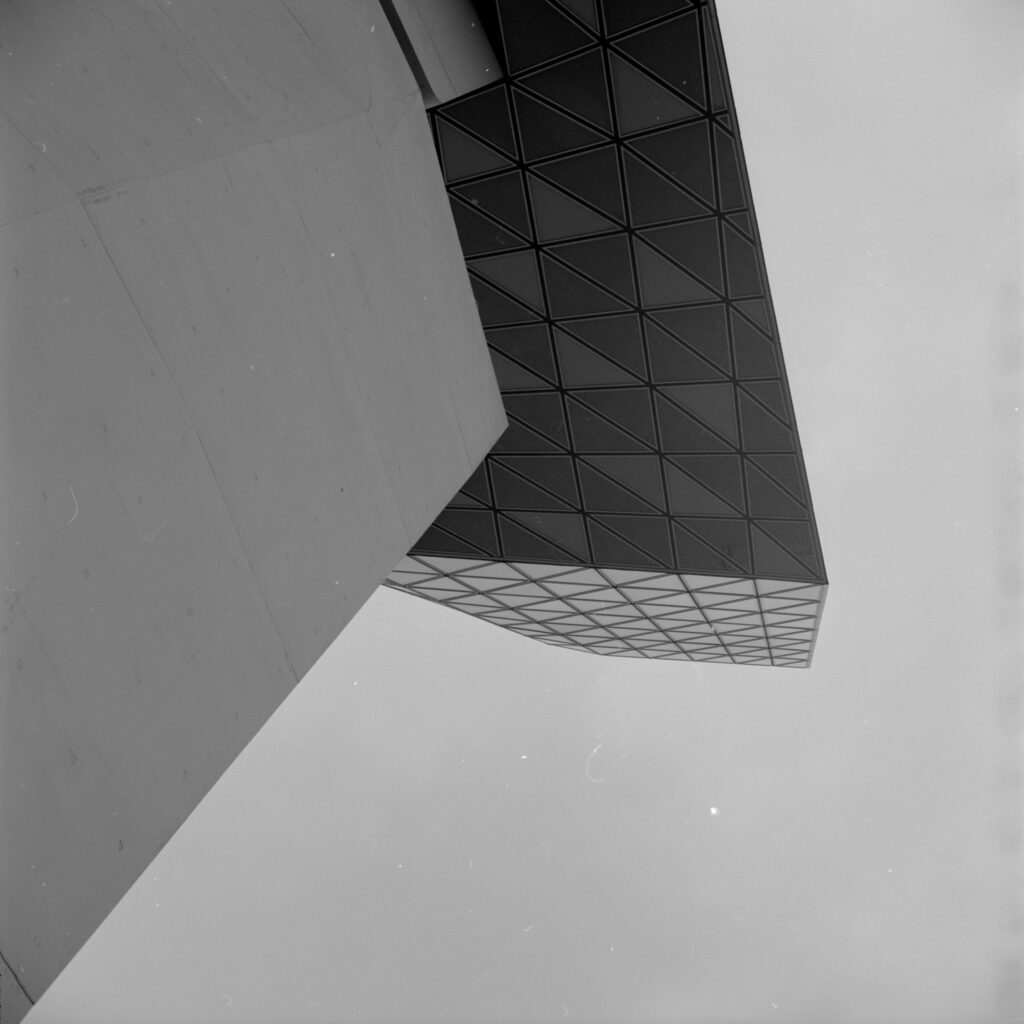





Comments
Geoff Chaplin on One camera, One Lens – Testing the Photo Adage in Japan
Comment posted: 29/06/2024
Comment posted: 29/06/2024
Alexander K on One camera, One Lens – Testing the Photo Adage in Japan
Comment posted: 29/06/2024
Comment posted: 29/06/2024
Gary Smith on One camera, One Lens – Testing the Photo Adage in Japan
Comment posted: 29/06/2024
This past year I've added a number of film bodies (all with a 50 or in the case of the MF's with the "normal" 80).
In any case, when out, I rarely take anything more than a body with a mid-range zoom and an extra battery (unless I'm shooting film, in which case it's just the body/lens pair).
Steve Cope on One camera, One Lens – Testing the Photo Adage in Japan
Comment posted: 29/06/2024
Rich on One camera, One Lens – Testing the Photo Adage in Japan
Comment posted: 29/06/2024
Thinking about it, one camera/one lens is pretty much how I do my photography. Plus a handful of filters - polarizing, ND, and maybe half-ND. The only time I lugged a second body was pre-digital, when the second body had B+W film.
Again, nice photos, and a good essay. Thank you!
Comment posted: 29/06/2024
Tony Warren on One camera, One Lens – Testing the Photo Adage in Japan
Comment posted: 29/06/2024
Comment posted: 29/06/2024
Comment posted: 29/06/2024
Daniel Castelli on One camera, One Lens – Testing the Photo Adage in Japan
Comment posted: 30/06/2024
Gary on One camera, One Lens – Testing the Photo Adage in Japan
Comment posted: 30/06/2024
Comment posted: 30/06/2024
David Tan on One camera, One Lens – Testing the Photo Adage in Japan
Comment posted: 01/07/2024
Recently I've enjoyed fixed-lens cameras (Hi-Matic 9, Konica IIIM) quite a bit - they force this in the best way!
Great photos and great story!
Jeffery Luhn on One camera, One Lens – Testing the Photo Adage in Japan
Comment posted: 04/07/2024
There's a lot to be said for the one camera, one lens approach. In the B&W film classes I teach at college, most of the students have just a 50mm lens. Period. They back up, they walk in closer, whatever it takes to frame a good shots. We don't even talk about lenses in that class. It takes me back to my beginnings. I have a few Zeiss Ikon folding cameras and it is liberating to use them, instead of lugging a lot of gear.
JC on One camera, One Lens – Testing the Photo Adage in Japan
Comment posted: 09/07/2024
interesting thoughts about a minimal photo equipment on voyages !
As things stand today, i would choose a Ricoh KR-10x for such a journey.
A very modern SLR for my opinion, lightweight and very quick aperture priority.
The lens i would choose is the great Pentax SMC-M 50mm f1.4.
Very reliable, wonderful image quality, compact lens.
An alternative would be my trusty Minolta SR-T Super, for my opinion it is the greatest tool of japanese camera industry . The lens of choice would be a Minolta Rokkor 50mm f1.4, it is my very best lens.
A wonderful film for me is the Fomapan 400.